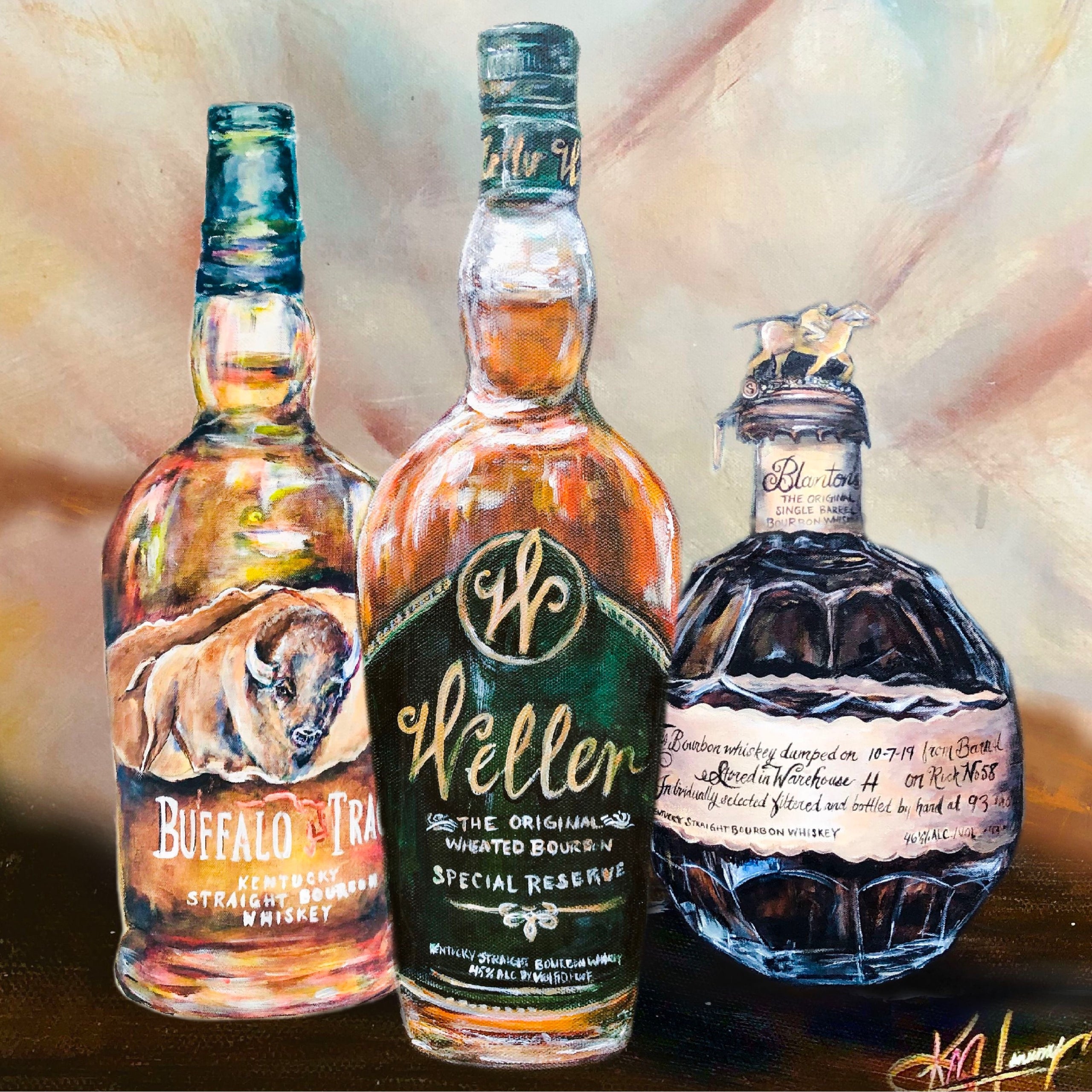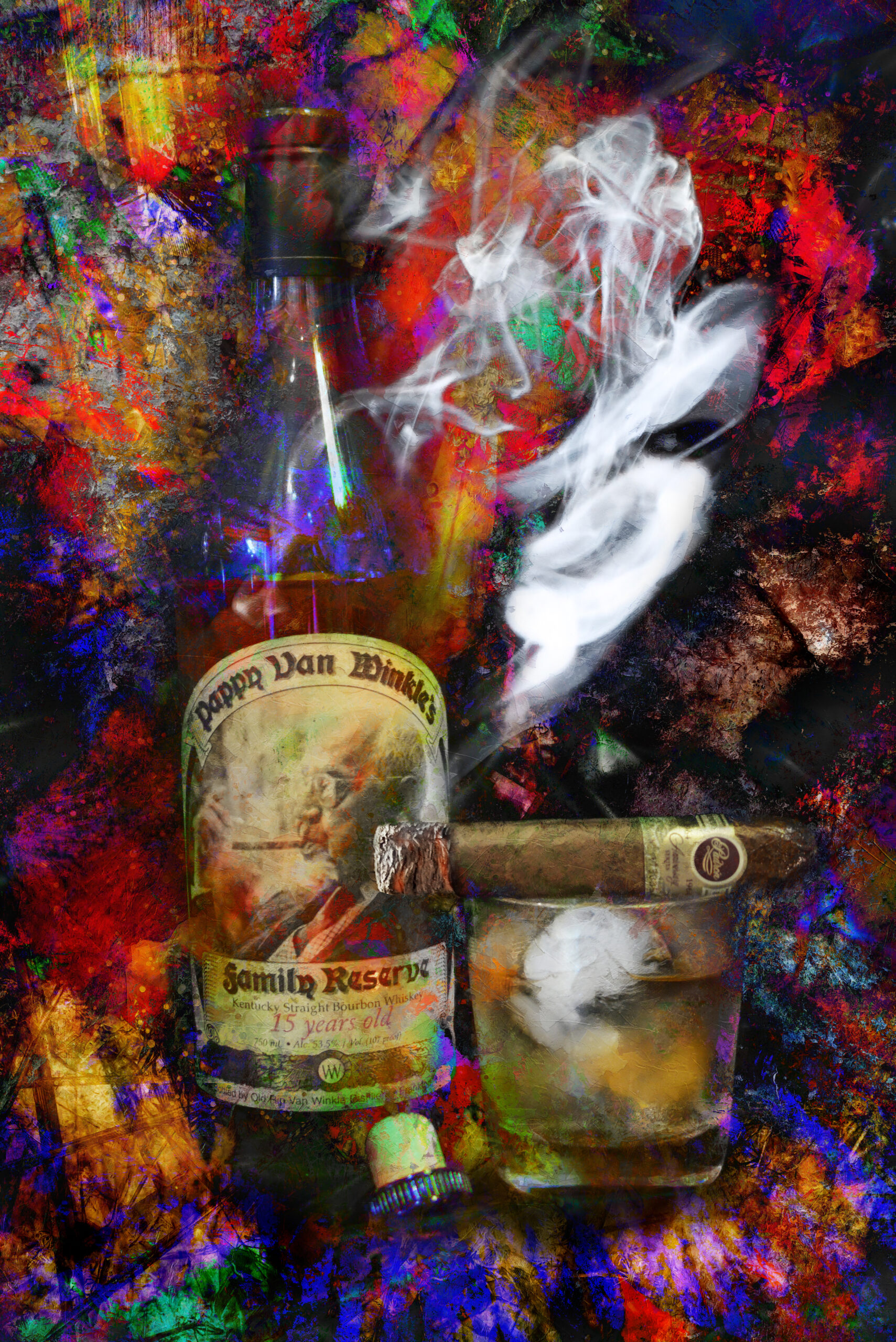Introducing the Appeal of Bourbon Art: A Homage to Craft Distillers
Introducing the Appeal of Bourbon Art: A Homage to Craft Distillers
Blog Article
The Relevance of Whiskey Art in Celebrating Heritage and Workmanship in the Beverage Industry
The detailed partnership in between scotch art and the event of heritage and craftsmanship within the beverage sector can not be overemphasized. With thoughtfully developed labels and bottles, scotch brands encapsulate their historic origins and the artisanal abilities that define their production approaches. This creative dimension not only boosts market allure however also acts as an avenue for social storytelling, fostering a much deeper connection between the customer and the craft. As we explore the various elements of this topic, interesting questions concerning the effect of modern fads on standard practices develop, triggering more assessment.
The Historic Roots of Whiskey
At the heart of whiskey's appeal lies an abundant tapestry of historic roots that map back to ancient people. The origins of scotch can be connected to the purification techniques of the Sumerians and Babylonians around 2000 BCE, where early kinds of fermented grain beverages began to arise. It was in the Center Ages that the art of purification evolved substantially, specifically in Ireland and Scotland, leading to the creation of scotch as we recognize it today.
The term "whiskey" itself derives from the Gaelic word "uisce beatha," indicating "water of life." This expression underscores the cultural relevance of bourbon in Celtic cultures, where it was frequently connected with routines, events, and public bonding. By the 15th century, distillation ended up being an identified craft within monastic communities, leading the way for the facility of legal distilleries.
As trade routes expanded, scotch's popularity expanded, going beyond local boundaries and catching the passion of aficionados worldwide. Bourbon Art. This historical journey reflects not only the craftsmanship behind whiskey production yet also its essential role in cultural and social contexts, marking it as a significant beverage throughout history
Artistic Expression in Branding
Whiskey branding stands as an engaging intersection of creativity and business, where visual identity plays a crucial function fit customer understanding. The visual appeals of whiskey tags, product packaging, and advertising and marketing products show not only the brand's story but also its core worths and heritage. Via creative expression, distilleries communicate a narrative that reverberates with customers, evoking emotions and sparking connections.
Using shade, typography, and imagery in branding offers to separate products in a saturated market. Typical motifs might evoke a feeling of authenticity and craftsmanship, while modern-day designs can indicate development and forward-thinking. This critical creative instructions enhances brand name recognition and loyalty, permitting customers to build a personal partnership with the whiskey they select.
Moreover, creative expression in branding often acts as a party of regional heritage. Distilleries often include local signs or historic recommendations right into their layouts, developing a local color that invites consumers to take part in a broader cultural experience. Eventually, the virtuosity behind whiskey branding not only improves aesthetic allure but also enhances the overall narrative of the brand name, cultivating a much deeper appreciation for the craftsmanship and heritage ingrained in each container.
Workmanship in Container Layout
The creativity noticeable in whiskey branding extends beyond visual identity to include the craftsmanship included in container style. Each container functions as a vessel not go to website just for the spirit within, however likewise for the story it tells regarding its tradition, quality, and beginning. The style procedure calls for thorough focus to information, as aspects such as closure, material, and shape contribute significantly to the total understanding of the scotch.
Craftsmanship in bottle layout entails picking top notch glass that can improve the scotch's color and quality, while likewise offering a tactile experience for the customer. The silhouette of the bottle must be both aesthetically enticing and practical, frequently reflecting the heritage of the brand name. Numerous distilleries select unique forms or embossed logo designs that evoke a feeling of credibility and history.
In addition, the label design and typography play a crucial function in communicating the brand name's narrative. Realism Art. A well-crafted bottle not just mesmerizes the consumer's eye however also strengthens the brand's commitment to top quality and custom. By doing this, the workmanship of container style comes to be a crucial aspect of the scotch experience, combining artistry with a profound regard for heritage
Cultural Relevance of Bourbon Art
Celebrating custom and craftsmanship, the social importance of whiskey art goes beyond mere appearances, intertwining with the social and historic narratives of the areas where it originates. Each container acts as a canvas, depicting the special tales, folklore, and customs that have actually formed local whiskey-making methods. The detailed designs typically mirror the heritage of the distillers, integrating icons and motifs go that resonate with the culture and worths of their areas.

On top of that, whiskey art plays an essential duty in communal events and celebrations, working as a tangible web link in between people and their shared experiences. By valuing the artistry in scotch product packaging, consumers cultivate a deeper understanding and regard for the craft, eventually enriching their enjoyment of the beverage itself.
Modern Trends in Bourbon Presentation
In the last few years, the discussion of whiskey has progressed to reflect contemporary preferences and fads while still honoring conventional workmanship - Bourbon Art. Distilleries are progressively concentrating on visual elements that boost the overall drinking experience, linking the void between heritage and modernity
Innovative bottle styles have actually arised, often integrating sustainable products and artistic labels that tell engaging tales. Several brand names currently collaborate with local artists, infusing their products with distinct visual expressions that reverberate with customers. In addition, limited-edition launches are often packaged in collectible containers, adding value and appeal for connoisseurs.

Final Thought
Finally, whiskey art functions as an essential conduit for expressing the heritage and workmanship integral in the drink sector. Through elaborate branding, ingenious container layouts, and culturally significant artistic elements, bourbon brand names effectively honor their customs and link with customers. This imaginative story not just boosts the appreciation of whiskey but also reinforces area identity and pride amongst manufacturers. Inevitably, bourbon art plays an important role in preserving and celebrating the rich cultural tapestry of whiskey-making.


Craftsmanship in container style entails selecting high-quality glass that can boost the bourbon's color and clarity, while additionally offering a tactile experience for the customer. In this method, the craftsmanship of container style becomes an essential element of the whiskey experience, combining creativity with a profound regard for heritage.
In final thought, whiskey art offers as an essential channel for sharing the heritage and craftsmanship fundamental in the drink market.
Report this page